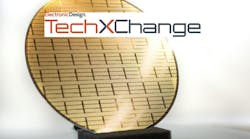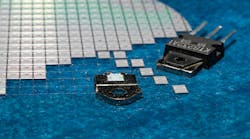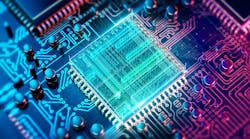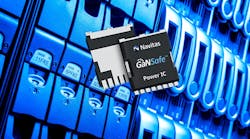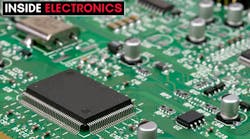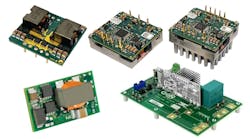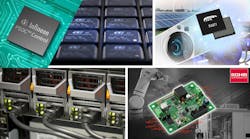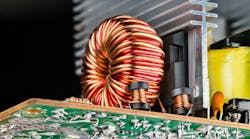Gallium nitride (GaN) is breaking out in the world of power electronics. GaN stands out for its superior physical properties, including high electron mobility, wide bandgap, and high thermal conductivity, giving it the edge over traditional silicon in terms of power density and efficiency.
While it's primarily used today in fast chargers for smartphones and many other consumer devices, many of the leading players in the power industry are trying to harness the power of GaN in everything from EV onboard chargers (OBCs) and DC-DC converters to power-supply units in data centers.
In this roundup, Electronic Design surveys the current state of power GaN, covering everything from the latest GaN power FETs and other components to the challenges of integrating them into high-density, high-frequency power-supply designs. If you have thoughts about what we should cover in the future, please leave a comment or respond to the survey below.
GaN: Going All Out on Power Density
The unique physical properties of GaN make a material difference in power electronics. Importantly, it reduces the gate charge (QG) and output charge (QOSS) of the power FET—increasing switching speeds—and removes the reverse-recovery charge—eliminating reverse-recovery losses. Thanks to these and other characteristics, GaN power FETs can sharply reduce power losses and minimize the heat in the system.
Higher frequencies also increase power density because the power FETs can be paired with smaller magnetic components such as transformers and inductors. To learn more about the ins and outs of the technology, check out these resources:
GaN Inside: From Power FETs to Power ICs to Power Modules
GaN plays into a wide range of power components, ranging from power HEMTs and FETs to all-in-one power ICs that integrate the power switch with on-chip current sensing, driving, protection, and other building blocks. Other companies are packaging GaN FETs into separate power modules, replacing more of the surrounding components in the system that can generate heat and complicate the overall system design.
To learn more about the latest GaN power devices and how they're changing approaches to power design, check out these articles:
Harnessing the Power of GaN Hinges on Driving and Control
While GaN power FETs are changing the game in power electronics, integrating them into the system can pose challenges for engineers. To reduce the complexity, many companies are specifically designing gate drivers that can handle the high operating frequencies of GaN. They're also rolling out digital controllers to reduce delays, errors, and noise in the control loop of the power supply.
These advances are all about giving engineers tighter control of the PWM signals that determine the performance of the GaN power FET, including its duty cycle and dead time. Check out these resources to learn more about these topics:
